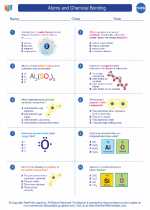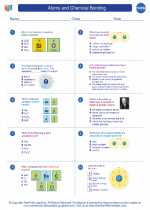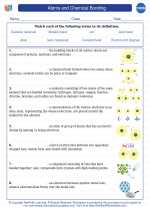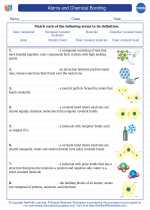Year in Chemistry
In the context of chemistry, a year is often used to describe the time it takes for a certain chemical process to occur, or the time it takes for a certain amount of a radioactive substance to decay.
Chemical Reactions and Reaction Rates
Chemical reactions occur when substances undergo a chemical change to form new substances. The rate of a chemical reaction is the speed at which reactants are converted into products. This rate can be measured in terms of the amount of reactant used up, or the amount of product formed, per unit time.
For example, the rate of a chemical reaction may be described as "2 moles of A reacting with 3 moles of B to produce 1 mole of C per hour". This means that it takes one hour for the specified amounts of A and B to react and produce C.
Radioactive Decay and Half-Life
Radioactive substances undergo decay, where their atomic nuclei spontaneously transform into different nuclei, often emitting radiation in the process. The half-life of a radioactive substance is the time it takes for half of the original amount of the substance to decay.
For example, if the half-life of a radioactive isotope is 10 years, then after 10 years, half of the original amount of the isotope will remain, and the other half will have decayed into a different isotope or element.
Study Guide
When studying the concept of time in chemistry, it's important to understand the relationship between time, chemical reactions, and radioactive decay. Here are some key points to focus on:
- Understand the concept of reaction rates and how they are measured.
- Learn about factors that can affect reaction rates, such as temperature, concentration, and the presence of catalysts.
- Study the concept of half-life and how it is used to measure the stability and decay of radioactive isotopes.
- Practice solving problems related to reaction rates and radioactive decay, including calculating reaction rates, half-lives, and amounts of substances remaining after a certain time.
By mastering the concept of time in chemistry, you'll be better prepared to understand the kinetics of chemical reactions and the behavior of radioactive substances.
.◂Chemistry Worksheets and Study Guides High School. Atoms and Chemical Bonding

 Worksheet/Answer key
Worksheet/Answer key
 Worksheet/Answer key
Worksheet/Answer key
 Vocabulary/Answer key
Vocabulary/Answer key
 Vocabulary/Answer key
Vocabulary/Answer key
